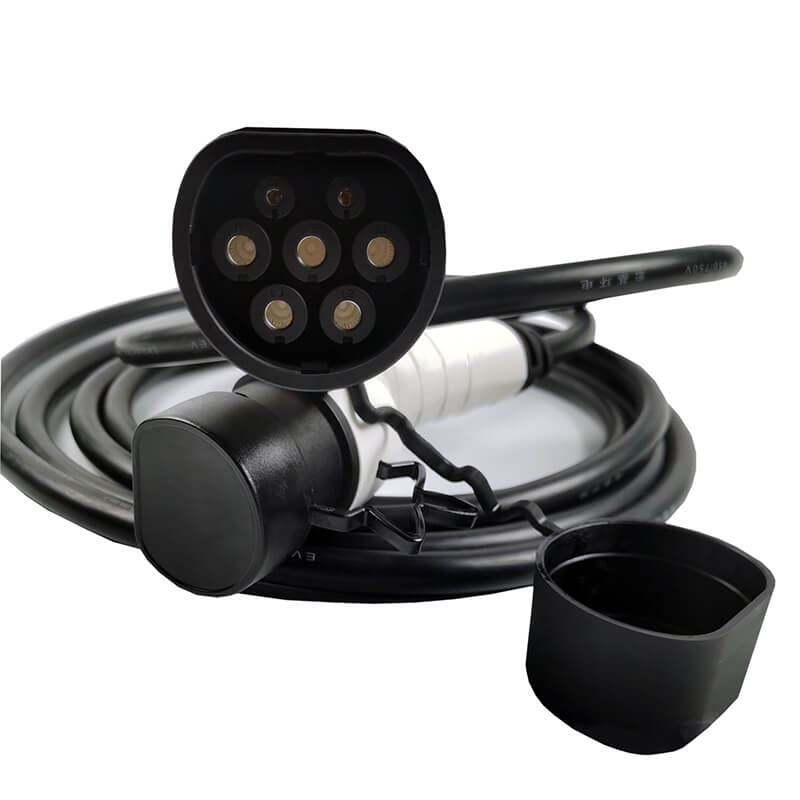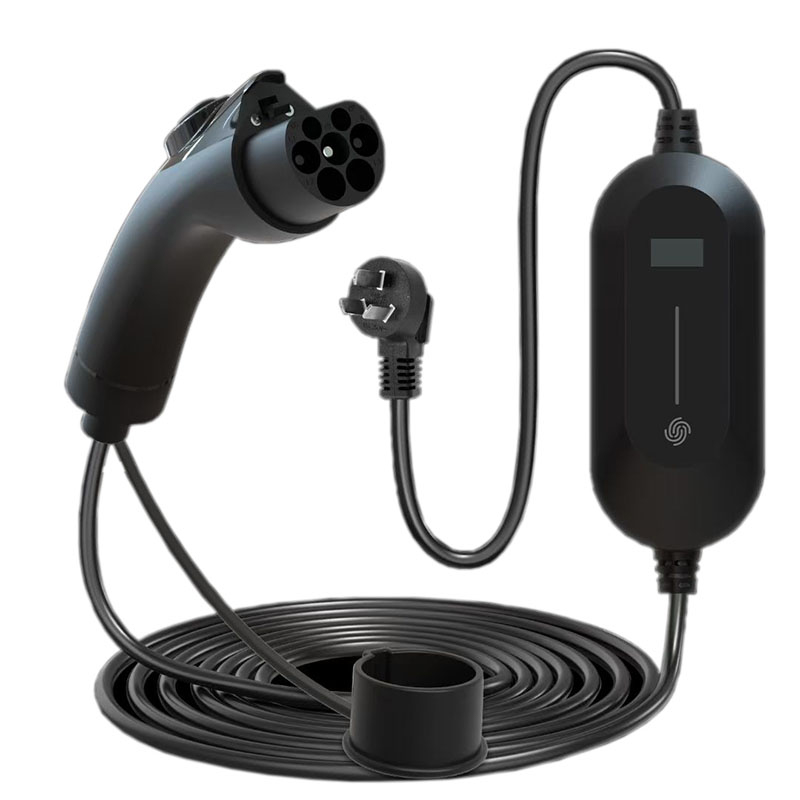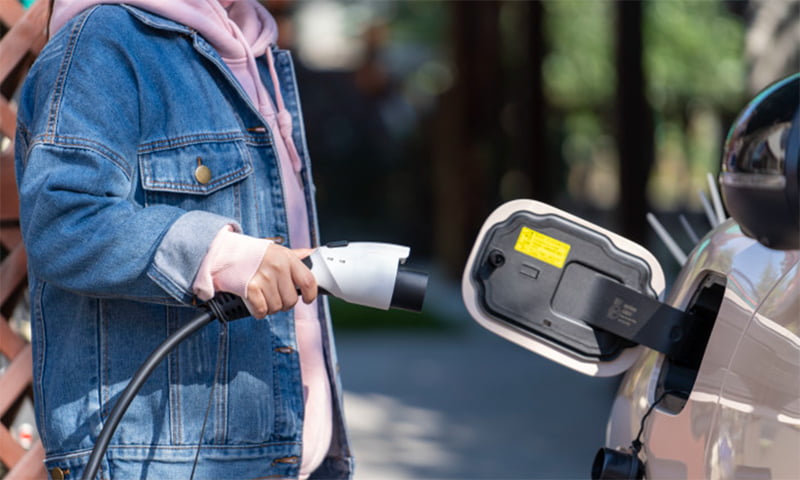
In the automotive sysTem, Direct Current (DC) plays a crucial role. The primary source of power in automobiles is direct current. Here is a description of some important aspects of direct current in the context of automobiles:
Cable | 3*2.5mm²+1*0.75mm²/3*2.5mm²+1*0.75mm² |
Mennekes Type 2 / GB/T | |
Wire | tinned core, PVC jacket |
Rated temperature | -40 to +85℃ |
Wire harness | TPE, PVC |
Applicable current | 16A/32A |
Output power | MAX:3.5KW/7KW |
Input voltage range | 80V~250V |
Waterproof rating | IP66 |
Flammability rating | 94V-0, VW-1, CSA FT1 |
Power System: The main power source in a car is the battery, which generates direct current. The battery is responsible for supplying high current to start the engine and charges while the engine is running. Apart from starting the engine, the battery powers various electrical components in the car, such as lights, air conditioning, sound systems, etc.
Charging System: When the engine is running, the car's charging system converts mechanical energy into electrical energy through an alternator, which then converts it into direct current to charge the battery. This ensures that the battery remains charged to meet the demands of the car's electrical system.
 Ignition System: The engine ignition system uses direct current to trigger the spark plugs, creating sparks to ignite the fuel in the engine. This is a crucial step in ensuring the normal operation of the engine.
Ignition System: The engine ignition system uses direct current to trigger the spark plugs, creating sparks to ignite the fuel in the engine. This is a crucial step in ensuring the normal operation of the engine.
lectronic Control Unit (ECU): Modern cars are equipped with various electronic systems, including the engine control unit, anti-lock braking system, airbag system, etc. These systems rely on direct current for power to perform various control and monitoring functions.
Lighting System: The front lights, tail lights, turn signals, and other lighting devices in a car also operate on direct current. The battery provides the power required for these lighting fixtures.
In summary, direct current is a reliable form of energy in automobiles, supporting the normal operation of the vehicle and various electrical devices. The battery, alternator, and other electrical components together constitute the core of the automotive electrical system.

The biggest advantage of Direct Current is mobility. It is small and lightweight, easy to carry, no installation and disassembly required, plug and play. Whether on the highway or in rural areas far away from the city, as long as there is an outlet, you can directly use the charging gun to charge. This provides great convenience when charging is urgently needed during long journeys and charging piles cannot be found at night.
The charging power is adjustable in multiple levels and is suitable for more models.
16A version: supports 8A/10A/13A/16A
32A version: supports 10A/16A/24A/32A

Multiple safety protections ensure safe charging and avoid hidden dangers.
Over-temperature protection, over-voltage protection, over-current protection, under-voltage protection, leakage protection. Real-time monitoring makes your charging more secure.
Color screen display allows you to control charging data in real time.
Excellent water and dust resistance. The closed state protection level is IP66 (unclosed state IP54), allowing you to use it outdoors with more confidence.

Park your electric vehicle in a designated charging spot.
Connect the Direct Current to the charging station.
Insert the Direct Current into the vehicle's charging port.
Select the appropriate charging mode on the Direct Current or vehicle.
Press the start button on the Direct Current or vehicle.
Once the vehicle is fully charged, disconnect the Direct Current from the vehicle and the charging station.
Always follow the manufacturer's instructions for your specific Direct Current and vehicle.
Never touch the exposed metal pins on the Direct Current or vehicle charging port.
Do not use the Direct Current if it is damaged.
Be aware of your surroundings when charging and avoid tripping over the charging cable.
Do not leave the Direct Current unattended while the vehicle is charging.
If you see any sparks or smoke coming from the charging gun or vehicle, disconnect the Direct Current immediately.
Direct Current plays a significant role in renewable energy systems, especially in photovoltaic (solar) and wind power systems. Solar panels generate DC electricity, and it is often stored in batteries or converted to AC using inverters for distribution and consumption.
While Direct Current is efficient for localized power distribution, transmitting it over long distances faces challenges. High-voltage direct current (HVDC) transmission is used to mitigate power losses, but the implementation involves complex technologies and infrastructure.
The integration of Direct Current into power grids is a topic of interest. It offers potential advantages, such as improved efficiency in certain applications, but the compatibility with existing alternating current infrastructure poses challenges that researchers and engineers are actively addressing.
Advancements in technology, including electric vehicles, smart grids, and portable electronic devices, are driven by innovations in Direct Current applications. The efficiency, reliability, and versatility of DC make it a key player in shaping the future of various industries and technological landscapes.